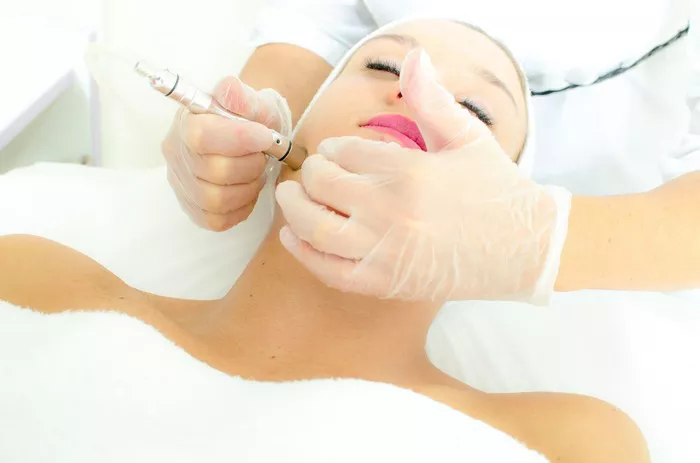Neck creases, also known as neck wrinkles or neck lines, are a common concern as individuals age. These lines and folds that develop on the neck can be bothersome and may contribute to a prematurely aged appearance. While aging is the primary culprit behind neck creases, various factors can contribute to their development. In this comprehensive guide, we will explore the causes of neck creases and discuss effective strategies for prevention and treatment.
I. The Anatomy of Neck Skin
Understanding the anatomy of the neck is essential to grasp the factors contributing to neck creases. The neck has relatively thin skin compared to other areas of the body. Additionally, the neck’s skin is subjected to frequent movement, including turning the head and speaking. These factors make it more susceptible to wrinkling and creasing.
II. Common Causes of Neck Creases
Aging: The natural aging process is the primary cause of neck creases. As we age, the skin loses collagen and elastin, proteins that provide elasticity and support. This leads to skin laxity and the formation of wrinkles and creases.
Sun Exposure: Prolonged exposure to the sun’s harmful ultraviolet (UV) rays can accelerate the aging of the skin. UV radiation breaks down collagen and elastin fibers, leading to premature wrinkles and creases on the neck.
Smoking: Smoking is a well-known contributor to premature aging of the skin. It can decrease blood flow to the skin, deplete oxygen and nutrients, and lead to the breakdown of collagen and elastin.
Poor Skincare Habits: Neglecting proper skincare routines can exacerbate the development of neck creases. Failing to moisturize, cleanse, or protect the neck from sun damage can contribute to the problem.
Weight Fluctuations: Significant weight fluctuations, such as rapid weight loss, can lead to sagging skin and creases on the neck. The skin may not contract as rapidly as the fat is lost.
Genetics: Genetics play a role in how our skin ages. If your family has a history of premature aging or neck creases, you may be more predisposed to develop them.
III. Prevention and Treatment Strategies
While neck creases are a natural part of the aging process, there are effective strategies for both prevention and treatment:
Sun Protection: Protect your neck from UV damage by applying sunscreen with a high SPF daily. Additionally, wear clothing that covers your neck and use wide-brimmed hats when spending time in the sun.
Quit Smoking: If you smoke, quitting can significantly improve the health and appearance of your skin. Smoking cessation can slow down the aging process and reduce the risk of neck creases.
Healthy Diet: Consume a diet rich in antioxidants, vitamins, and minerals. These nutrients can help maintain skin health and slow down the aging process.
Hydration: Keep your skin hydrated by drinking plenty of water and using moisturizers on your neck and décolletage.
Skincare Routine: Establish a regular skincare routine that includes cleansing, exfoliating, and moisturizing. Consider using products containing retinol or hyaluronic acid, which can improve skin texture and hydration.
Neck Exercises: Incorporate neck exercises into your fitness routine to help tone and strengthen the muscles in the neck area.
Medical Treatments: Several medical treatments can help reduce the appearance of neck creases, including:
Topical Retinoids: Prescription-strength retinoids can stimulate collagen production and improve skin texture.
Dermal Fillers: Injectable fillers like hyaluronic acid can temporarily fill in creases and wrinkles.
Laser Therapy: Laser treatments can stimulate collagen production and improve skin tightness.
Neck Lift Surgery: In some cases, a neck lift surgery may be recommended to address severe skin laxity and creases.
Consult a Dermatologist: If you are concerned about neck creases, consult a dermatologist or skincare professional. They can assess your specific situation and recommend appropriate treatments.
IV. Conclusion
Neck creases can be a natural consequence of aging and various lifestyle factors. While they are a common concern, there are several strategies for prevention and treatment. Protecting your skin from sun damage, adopting healthy lifestyle habits, and following a skincare routine can all contribute to maintaining a youthful neck appearance. For more severe cases, medical treatments and consultations with professionals can provide effective solutions to reduce the visibility of neck creases. Ultimately, the key to addressing neck creases lies in proactive care and a holistic approach to skin health.


